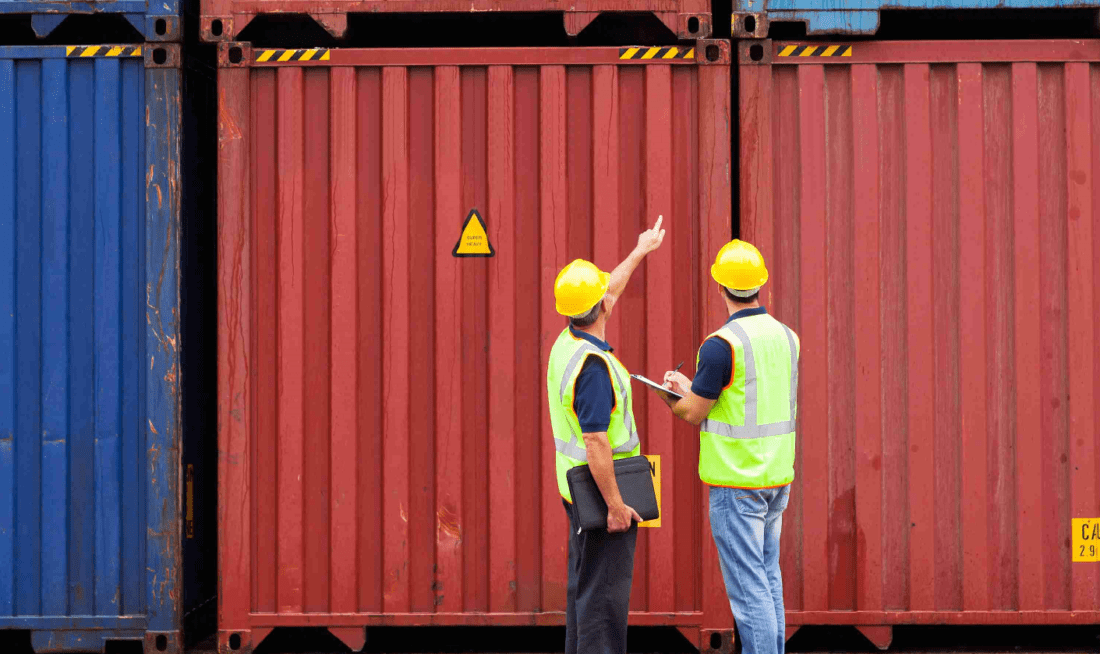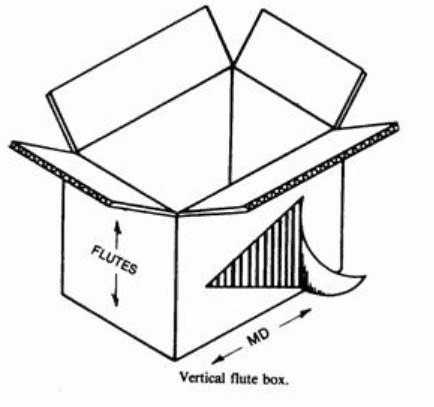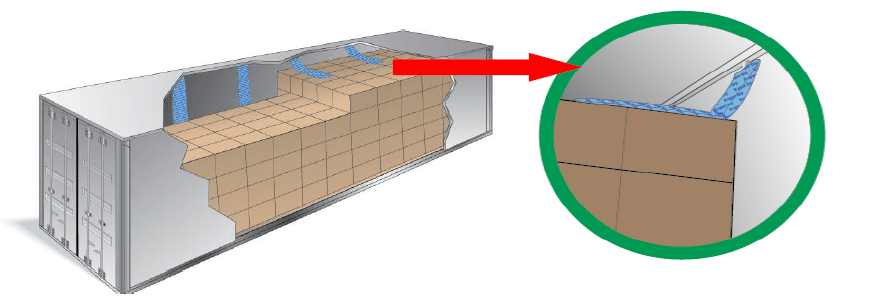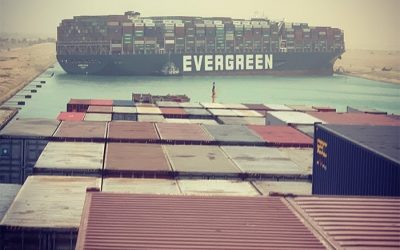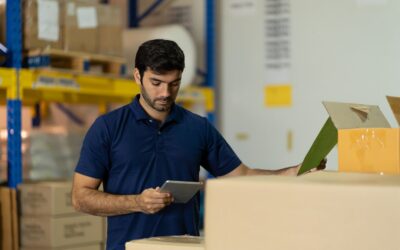When sourcing products from China or other Asian countries, you shouldn’t underestimate the chances of things going wrong during storage and transportation. See how a Container Loading Inspection can help you manage risks and avoid disasters, before the goods are shipped.
The products can be in a good state before shipment but if they are not packed, stored and shipped in proper conditions, you might receive them in a different state.
Inspecting the actual products’ quality before shipment is a must, it is also important to preempt any potential issues that may occur during storage and transportation,
Here is a simple checklist that can guide you prevent those issues:
1. Packing Quality Control:
Packing consists of Unit Packing and Master Cartons and it aims to preserve product integrity while preventing damages from transportation or from natural conditions (mold).
As a buyer, it is your responsibility to identify the right packing for your products, from the early stages of product development discussions with your factory. Packing should not be something you decide after production starts or during final inspection. You might have the right product but it can get damaged because of poor packing, and you don’t want to take that risk!
UNIT PACKING
Best practice is to use a Polybag to protect the items from mold and dust, and a desiccant bag in each unit packing for highly sensitive products. You can also use bubble wrap for fragile items to avoid breakage.
I remember one client ordering one container of scarf from India that was completely useless at arrival in Europe due to mold and very strong smell. This was due to poor unit packing.
MASTER CARTONS
It is very important to choose the right dimensions for your cartons. You don’t want your products to be too loose or too tight in the carton and for this reason, get damaged.
Usually, master packing dimensions are decided by the factories and they normally do a good job. However to be safe, always ask them for their specifications to double check your products will be well-packed, especially if for products that are designed specifically for you. You can ask or require them about the size and about the carton thickness and type (Single, Double or Triple Wall) and mention this very clearly in your product specifications.
You can check my previous article on how to write clear and complete specifications to your Chinese suppliers here for more details.
For textile products or other products sensitive to mold, adding desiccant bags in the master carton can also be required to reduce the risk of damage by mold. And for fragile products, having inner boxes and additional bubble wrap might also be a good idea to be on the safe side.
2. Storage and Handling Audit
As a buyer, you should discuss with your factory how your product will be stored and handled. It is also important to look at how they do it when you qualify a potential supplier. Here are 5 basic recommendations:
- Inventory is managed using first in first out.
- Manufacturing facility should be suitably ventilated to maintain a low humidity level.
- Cartons are stacked properly and not too high (more than 2.5 meters/ 8 ft)
- Cartons should not be put directly on the floor but on pallets (preferably non-wooden pallet).
- Cartons are stored in a covered area and not against walls or windows.
3. Container Loading Inspection
When your supplier or freight forwarder allocates a Container to ship your goods, some general requirements should be followed:
- Container interior is clean and without traces of rust
- Container is odor free
- Container is not damaged (Inside/Outside)
- No holes or crack in walls or roof
- Door seals are in good conditions
- Container and floor are completely dry
- No traces of water, oil or other liquid inside the container
These aspects should be discussed, and you can even provide pictures of what you want and don’t want*. Sometimes what might be considered as slight rust inside the container by your supplier, might be the sign of a faulty container and could affect your goods quality.
*Contact us for a free and detailed container inspection checklist including pictures of acceptable and not acceptable conditions.
4. Storage in the Container
Usually, the storage in the container is not the riskiest part, especially when you deal with one type and size of master cartons. However, you can provide some helpful instructions to your supplier to be safe:
- Corrugated flutes run vertically (These flutes are made specially to give strength to the carton, used in the wrong direction can affect its solidity).
- The cartons/products must be packed/stored appropriately for the cargo to avoid any damage of products during transportation.
- For some specific goods, such as heavy furniture or construction material it is a must to instruct your supplier how you want the products to be stored in the container as precisely as possible.
- One of my previous clients used to impose on all his garments suppliers in Bangladesh to add large desiccant bags in the container for extra safety considering the high humidity and the monsoon season. This can be also a wise decision in case mold risk is high for your product.
Example of Large Desiccant used in the container. (DS 1000g from SuperDry)
And you, how do you ensure your products stay safe during storage and transportation?

